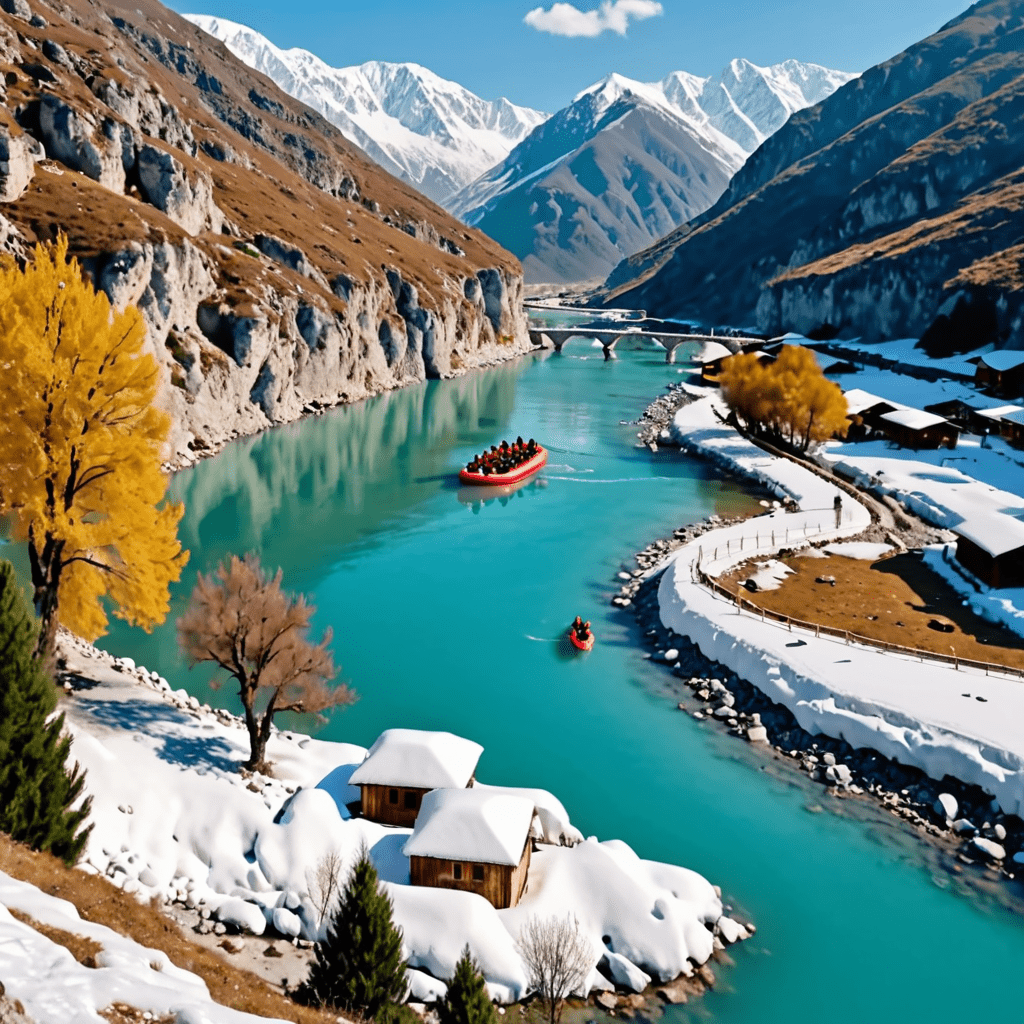
The Impact of Climate Change on Bangladesh
Bangladesh, a low-lying deltaic country, is highly vulnerable to the adverse impacts of climate change. Rising sea levels, increased frequency and intensity of extreme weather events, and other climate change-related factors pose significant threats to Bangladesh's environment, economy, and society.
Rising Sea Levels and Coastal Erosion
As global temperatures rise, the thermal expansion of ocean waters and the melting of glaciers contribute to sea-level rise. Bangladesh, with a vast coastline and numerous low-lying islands, is particularly exposed to this threat. Sea-level rise leads to coastal erosion, inundation of low-lying areas, and salinization of freshwater resources. These impacts displace communities, damage infrastructure, and disrupt economic activities.
Increased Intensity and Frequency of Extreme Weather Events
Climate change is also intensifying the frequency and severity of extreme weather events such as cyclones, storm surges, floods, and droughts. Bangladesh is prone to tropical cyclones that often bring heavy rainfall, strong winds, and storm surges. These events cause extensive damage to infrastructure, agriculture, and human settlements, leading to loss of life and livelihoods.
Loss of Agricultural Land and Food Security
Climate change impacts on Bangladesh's agricultural sector are severe. Rising sea levels and salinization of coastal areas threaten agricultural land, reducing crop yields and affecting the livelihoods of farmers. Extreme weather events, such as floods and droughts, also damage crops and disrupt agricultural activities, leading to food insecurity.
Water Scarcity and Salinization
Climate change is also affecting Bangladesh's water resources. Changes in rainfall patterns and increased evaporation due to higher temperatures are leading to water scarcity in some regions. Additionally, sea-level rise and coastal erosion result in the salinization of freshwater resources, further exacerbating water availability challenges.
Health Impacts: Heat Waves and Diseases
Extreme heat waves, a consequence of climate change, pose health risks to vulnerable populations in Bangladesh. Heat-related illnesses, such as heat stroke and exhaustion, can be life-threatening. Moreover, climate change is expected to alter the distribution and prevalence of vector-borne diseases such as malaria and dengue, increasing the burden of disease on the population.
Displacement and Migration
Climate change-induced displacement is emerging as a significant concern in Bangladesh. Coastal erosion, sea-level rise, and natural disasters force people to relocate, leading to the loss of homes and livelihoods. The internal displacement of populations strains resources in urban areas, exacerbating poverty and social problems.
Economic Consequences: Loss of Tourism and Infrastructure
Climate change impacts on Bangladesh's tourism industry are substantial. Coastal areas, popular tourist destinations, are threatened by sea-level rise, erosion, and extreme weather events, leading to a decline in tourism revenues. Additionally, damage to infrastructure, such as roads, bridges, and ports, disrupts economic activities and increases transportation costs.
Environmental Impacts: Loss of Biodiversity
Climate change poses significant risks to Bangladesh's biodiversity. Coastal ecosystems, including mangroves and coral reefs, are vulnerable to sea-level rise, erosion, and salinization, affecting marine life and ecosystem services. Extreme weather events, such as cyclones and floods, also damage natural habitats, contributing to biodiversity loss and ecological imbalances.
Social Impacts: Displacement and Conflict
Climate change-induced displacement and migration can trigger social conflicts and tensions. Competition for resources and services in urban areas, where displaced populations often relocate, can strain social cohesion. Additionally, climate change impacts on livelihoods and food security exacerbate existing inequalities, potentially leading to social unrest and conflicts.
Adaptation and Mitigation Measures
Addressing climate change impacts in Bangladesh requires comprehensive adaptation and mitigation strategies. Adaptation measures include constructing seawalls and embankments to protect coastal areas, improving agricultural practices to enhance resilience, and implementing water management systems to combat water scarcity and salinization. Mitigation efforts focus on reducing greenhouse gas emissions through renewable energy initiatives, energy efficiency, and sustainable land use practices.
FAQs
1. What is the main impact of climate change on Bangladesh?
Bangladesh faces severe impacts from climate change, including sea-level rise, coastal erosion, increased frequency and intensity of extreme weather events, loss of agricultural land, water scarcity, health impacts, displacement, economic losses, biodiversity loss, and social conflicts.
2. Why is Bangladesh particularly vulnerable to climate change?
Bangladesh's low-lying deltaic geography and high population density make it highly susceptible to the adverse effects of climate change, especially sea-level rise and extreme weather events.
3. What are the consequences of sea-level rise in Bangladesh?
Sea-level rise in Bangladesh leads to coastal erosion, inundation of low-lying areas, salinization of freshwater resources, displacement of communities, and damage to infrastructure and economic activities.
4. How does climate change affect agriculture in Bangladesh?
Climate change impacts on agriculture in Bangladesh include rising sea levels and salinization affecting coastal croplands, extreme weather events damaging crops and disrupting agricultural activities, and changes in rainfall patterns and temperature affecting crop yields.
5. What are some adaptation measures to address climate change in Bangladesh?
Adaptation measures in Bangladesh include constructing seawalls and embankments for coastal protection, improving agricultural practices for resilience, implementing water management systems for water scarcity and salinization, and promoting renewable energy and sustainable land use practices.


